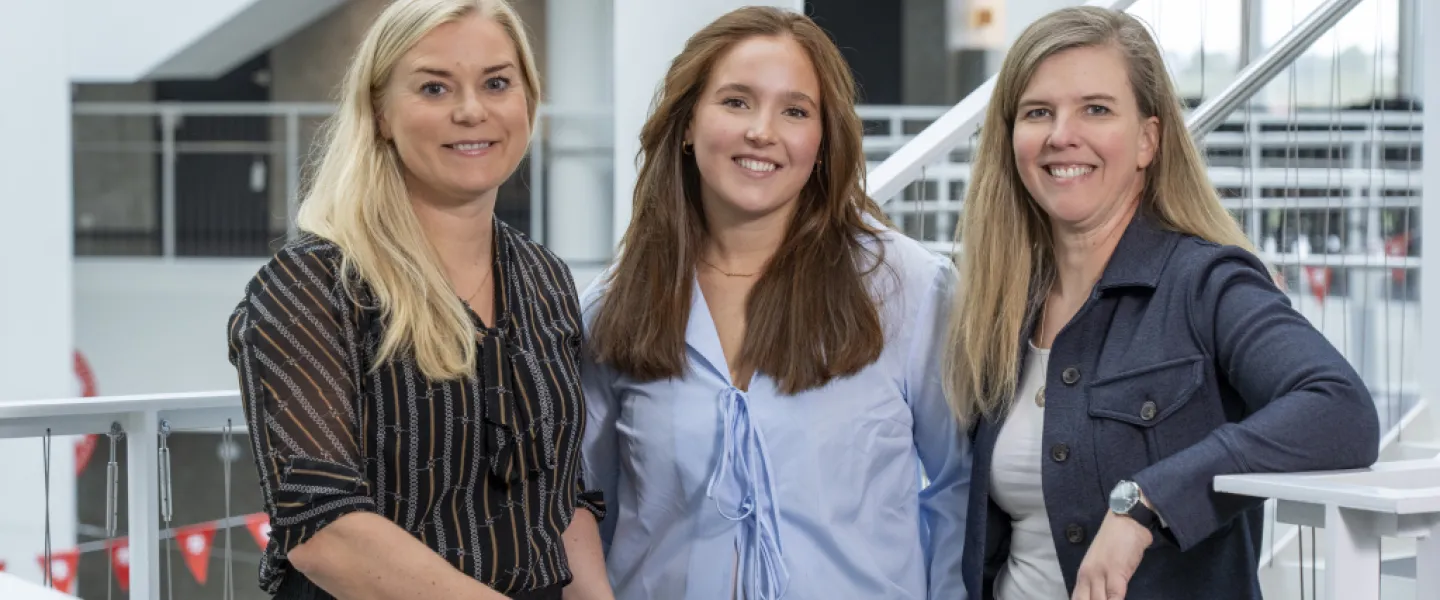
A new study published in the prestigious medical journal The Lancet Child & Adolescent Health provides one of the most comprehensive snapshots to date of the mental health of youth without intellectual impairment who are autistic, have ADHD, and those who are both autistic and have ADHD. The study is a result of collaboration between scientists and experts at Children's Mental Health Center for the Primary Health Care of the Capital Area in Reykjavik, the Department of Psychology at the University of Iceland, the Department of Psychology at Reykjavik University, the National Agency for Children and Families, Reykjavik and the Child Study Center, Department of Psychology at Virginia Polytechnic Institute and State University.
Drawing on detailed clinical data from over 2,000 children and adolescents in Iceland aged 7 to 18 years, the study offers updated population-level estimates of how common these neurodevelopmental profiles are and explores emotional and behavioral wellbeing in these groups compared to their neurotypical peers.
Key findings:
-
Approximately 1.5% of youth were identified as autistic and 4.5% as having ADHD.
-
Among autistic youth, around two-thirds also had ADHD—underscoring how frequently these profiles overlap and highlighting the need for greater awareness and support.
-
Anxiety and tic disorders were more commonly identified across all neurodivergent groups compared to neurotypical youth. However, other psychiatric conditions, such as depression and obsessive-compulsive disorder, were reported at similar levels across groups.
-
According to caregivers and teachers, emotional challenges were more frequently reported in autistic youth—regardless of whether they also had ADHD—while conduct challenges were more common among youth with ADHD.
Why this study matters:
Previous research has often grouped together autistic youth with and without intellectual impairments, or relied on broad survey or registry data, making it difficult to understand the specific needs of youth without intellectual impairment. This study stands out by using comprehensive, clinician-administered assessments to provide a more consistent and accurate view of these neurodevelopmental identities in a population-based, nationwide sample.
The research also responds to a long-standing gap in the literature. Until 2013, autism and ADHD could not be diagnosed together, meaning that many young people with this combined profile may have previously gone unrecognized or underserved. By highlighting both commonalities and differences across neurotypes, the study supports more individualized and respectful approaches to care, education, and mental health services.
